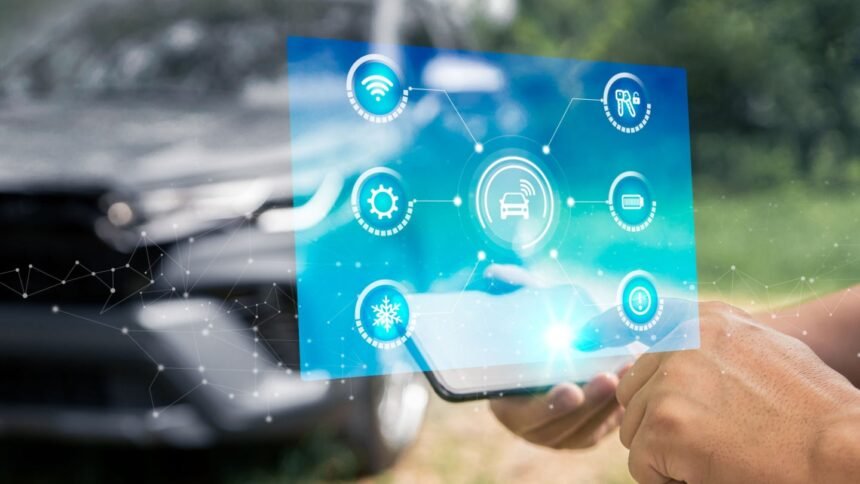The US government has taken steps to address these concerns, including imposing tariffs on Chinese-made EVs and restricting access to US technology for Chinese companies. However, the situation remains fluid, with ongoing discussions and negotiations between the two countries.
For automotive companies operating in this environment, the key is to stay informed and engaged with policymakers, while also ensuring robust cybersecurity measures are in place to protect sensitive data and systems.
European standards and the role of regulation
Europe has taken a different approach to the US and China when it comes to EVs and cybersecurity. The European Union has implemented strict regulations around data privacy and security, including the General Data Protection Regulation (GDPR) and the Network and Information Security Directive (NIS).
These regulations require companies to implement strong cybersecurity measures and protect user data, with hefty fines for non-compliance. This has created a more secure environment for EV manufacturers and consumers in Europe, but has also led to concerns about barriers to entry for foreign companies.
Despite these challenges, European companies have embraced the regulatory environment, using it as a competitive advantage to build trust with consumers and differentiate themselves in the global market. By prioritizing cybersecurity and data protection, European companies are positioning themselves as leaders in the EV industry, with a focus on sustainability, innovation, and security.
As the automotive industry continues to evolve, cybersecurity will remain a top priority for companies and policymakers around the world. By staying informed, engaged, and proactive, automotive leaders can navigate the complex geopolitical landscape and ensure the safety and security of their vehicles and customers.
Overall, the future of the automotive industry will be shaped by a combination of technology, regulation, and geopolitics. By understanding and adapting to these key drivers, companies can position themselves for success in a rapidly changing and increasingly interconnected world.
Written by Claire Maslen
Claire Maslen is a cybersecurity expert and automotive industry analyst. She has over 10 years of experience in the field and has worked with leading companies in the automotive and technology sectors.
For more information on cybersecurity in the automotive industry, visit www.just-auto.com
The United States is facing a growing concern over its reliance on Chinese battery supply chains, in addition to the potential cyber risks associated with Chinese imports. With China’s dominance in lithium-ion batteries and key raw materials, policymakers are urging for increased investment in domestic manufacturing to reduce dependence on Chinese imports.
The tariffs imposed on Chinese electric vehicles (EVs) not only aim to protect American automakers but also serve as a strategy to limit China’s influence in the high-tech automotive sector under the guise of national security concerns.
The recent US-UK trade agreement, announced on May 8th, 2025, between President Donald Trump and Prime Minister Sir Keir Starmer, has significant implications for the automotive sector. The deal reduces tariffs on key UK exports to the US, including a substantial cut in car tariffs, benefiting UK automakers like Jaguar Land Rover. However, the agreement does not fully restore pre-tariff conditions and maintains certain baseline tariffs, making the global trade dynamics and automotive security situation complex.
As the automotive industry evolves, cybersecurity threats remain a constant concern. EVs, with their increased reliance on electronics and software, are vulnerable to a wide range of cyber security threats. Hackers can exploit wireless key fob signals, compromise charging stations, and target grid-connected EV charging systems, posing risks to user data, vehicle safety, and electric distribution networks.
While concerns are often raised about Chinese EV imports, some Chinese manufacturers are leading the way in cybersecurity implementation. In contrast, some US and European vendors have been slower to adopt strong cybersecurity standards, potentially introducing vulnerabilities into the EV ecosystem. Policymakers may need to impose stricter regulations, conduct security audits, and require compliance with cybersecurity frameworks to ensure the safety of foreign-made EVs and charging systems.
In conclusion, as the automotive industry grapples with regulations, trade restrictions, and security challenges, a software-centric approach is crucial. With cybersecurity threats escalating in the EV sector and supply chain vulnerabilities growing, OEMs must prioritize security and geopolitical resilience in their next-generation automotive platforms. As global tensions reshape the EV market, proactive security measures are essential to safeguard against espionage, intellectual property theft, and cyber sabotage. The automotive industry must adapt to the evolving threat landscape and prioritize cybersecurity to ensure the safety and security of EVs in the digital age.







